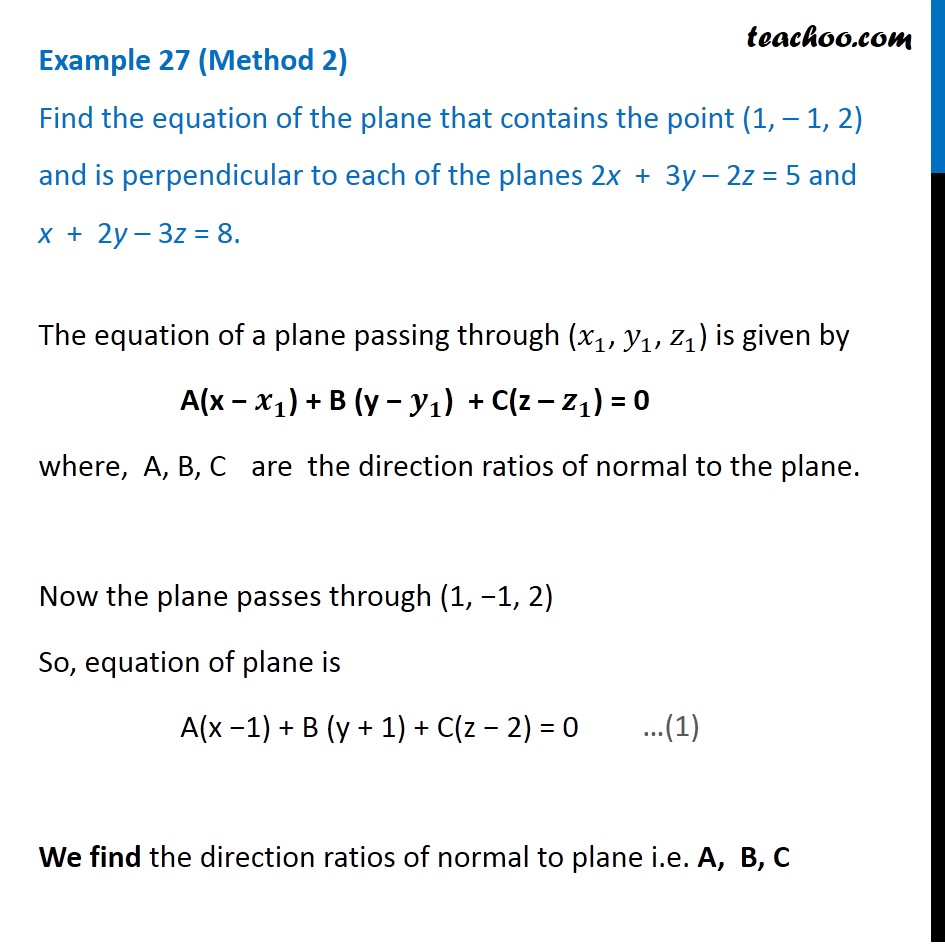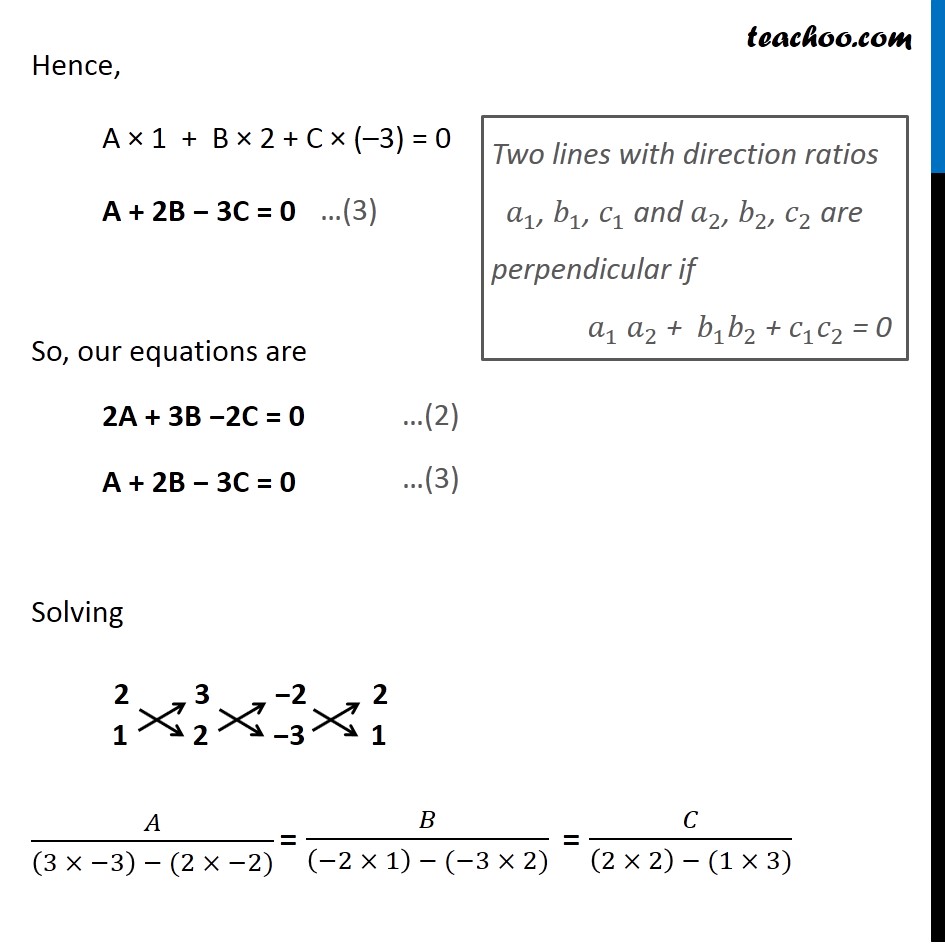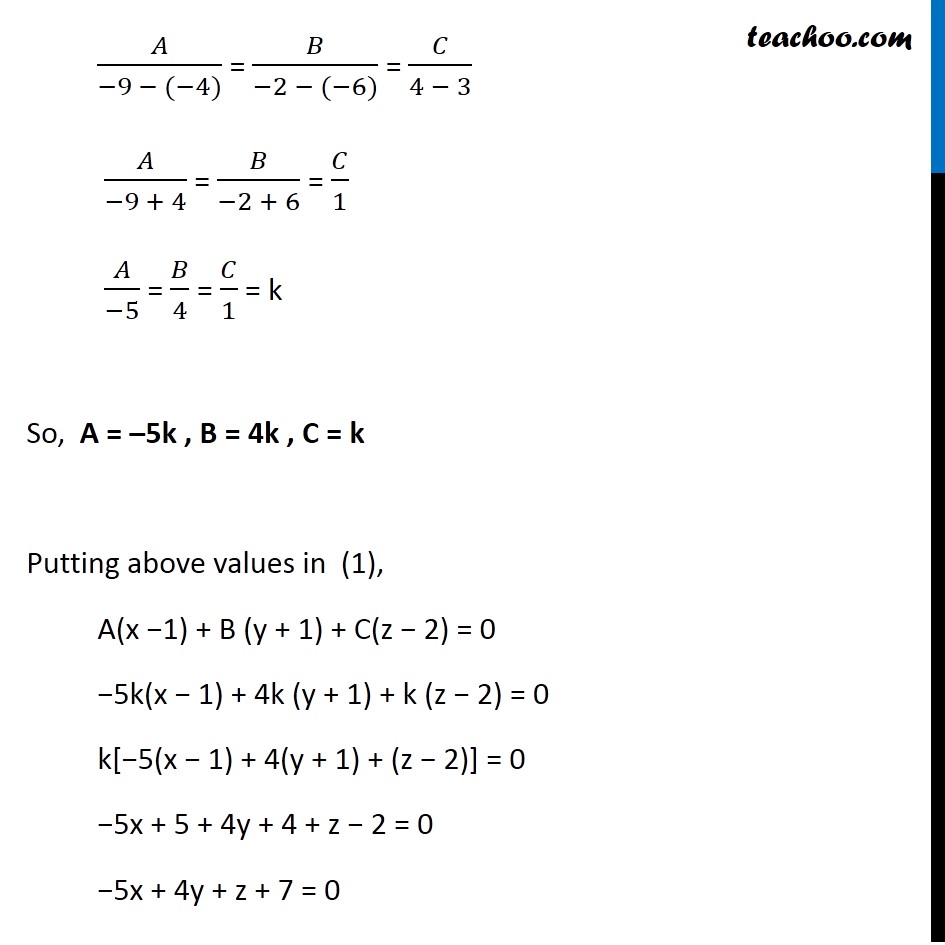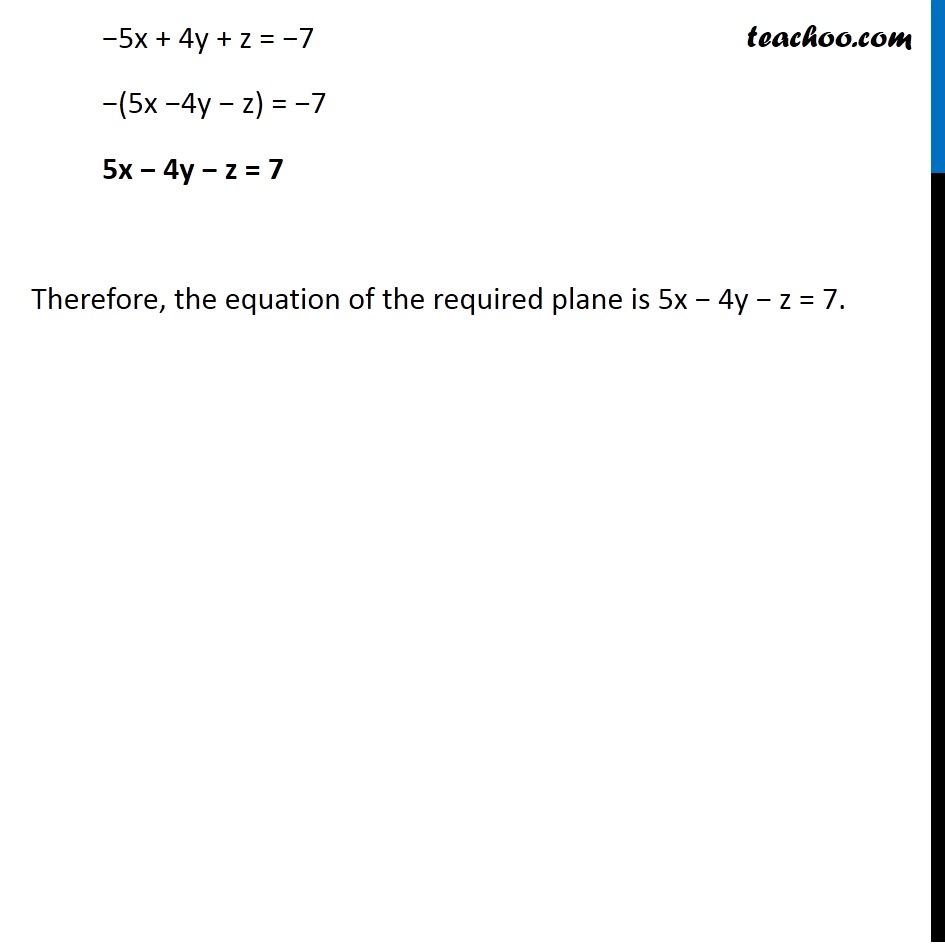







Examples
Example, 2 Important
Example, 3
Example, 4 Important
Example, 5 Important
Example, 6 Important
Example, 7
Example 8 Important
Example 9
Example 10 Important
Question 1 Deleted for CBSE Board 2024 Exams
Question 2 Deleted for CBSE Board 2024 Exams
Question 3 Important Deleted for CBSE Board 2024 Exams
Question 4 Deleted for CBSE Board 2024 Exams
Question 5 Deleted for CBSE Board 2024 Exams
Question 6 Important Deleted for CBSE Board 2024 Exams
Question 7 Deleted for CBSE Board 2024 Exams
Question 8 Deleted for CBSE Board 2024 Exams
Question 9 Important Deleted for CBSE Board 2024 Exams
Question 10 Important Deleted for CBSE Board 2024 Exams
Question 11 Important Deleted for CBSE Board 2024 Exams
Question 12 Deleted for CBSE Board 2024 Exams
Question 13 Important Deleted for CBSE Board 2024 Exams
Question 14 Deleted for CBSE Board 2024 Exams
Question 15 Important Deleted for CBSE Board 2024 Exams
Question 16 Deleted for CBSE Board 2024 Exams
Question 17 Important Deleted for CBSE Board 2024 Exams You are here
Question 18 Important Deleted for CBSE Board 2024 Exams
Question 19 Important Deleted for CBSE Board 2024 Exams
Question 20 Important Deleted for CBSE Board 2024 Exams
Last updated at April 16, 2024 by Teachoo








Question 17 (Method 1) Find the equation of the plane that contains the point (1, –1, 2) and is perpendicular to each of the planes 2x + 3y – 2z = 5 and x + 2y – 3z = 8. The equation of a plane passing through (𝑥_1, 𝑦_1, 𝑧_1) is given by A(x − 𝒙_𝟏) + B (y − 𝒚_𝟏) + C(z – 𝒛_𝟏) = 0 where, A, B, C are the direction ratios of normal to the plane. Now the plane passes through (1, −1, 2) So, equation of plane is A(x −1) + B (y + 1) + C(z − 2) = 0 We find the direction ratios of normal to plane i.e. A, B, C Also, the plane is perpendicular to the given two planes, So, their normal to plane would be perpendicular to normal of both planes. We know that 𝑎 ⃗ × 𝑏 ⃗ is perpendicular to both 𝑎 ⃗ & 𝑏 ⃗ So, required is normal is cross product of normal of planes 2x + 3y – 2z = 5 and x + 2y – 3z = 8. Required normal = |■8(𝑖 ̂&𝑗 ̂&𝑘 ̂@2&3&−2@1&2&−3)| = 𝑖 ̂ (3(–3) – 2(–2)) – 𝑗 ̂ (2(–3) – 1(–2)) + 𝑘 ̂(2(2) – 1(3)) = 𝑖 ̂ (–9 + 4) – 𝑗 ̂ (–6 + 2) + 𝑘 ̂(4 – 3) = –5𝑖 ̂ + 4𝑗 ̂ + 𝑘 ̂ Hence, direction ratios = –5, 4, 1 ∴ A = –5, B = 4, C = 1 Putting above values in (1), A(x −1) + B (y + 1) + C(z − 2) = 0 −5(x − 1) + 4 (y + 1) + 1 (z − 2) = 0 −5x + 5 + 4y + 4 + z − 2 = 0 −5x + 4y + z + 7 = 0 −5x + 4y + z = −7 −(5x −4y − z) = −7 5x − 4y − z = 7 Therefore, the equation of the required plane is 5x − 4y − z = 7. Question 17 (Method 2) Find the equation of the plane that contains the point (1, – 1, 2) and is perpendicular to each of the planes 2x + 3y – 2z = 5 and x + 2y – 3z = 8. The equation of a plane passing through (𝑥_1, 𝑦_1, 𝑧_1) is given by A(x − 𝒙_𝟏) + B (y − 𝒚_𝟏) + C(z – 𝒛_𝟏) = 0 where, A, B, C are the direction ratios of normal to the plane. Now the plane passes through (1, −1, 2) So, equation of plane is A(x −1) + B (y + 1) + C(z − 2) = 0 We find the direction ratios of normal to plane i.e. A, B, C Also, the plane is perpendicular to the given two planes. Now, it is given that plane A(x −1) + B (y + 1) + C(z − 2) = 0 is perpendicular to plane 2x + 3y – 2z = 5 Hence, A × 2 + B × 3 + C × (–2) = 0 2A + 3B − 2C = 0 Similarly, Given that plane A(x −1) + B (y + 1) + C(z − 2) = 0 is perpendicular to plane x + 2y – 3z = 8 Two lines with direction ratios 𝑎_1, 𝑏_1, 𝑐_1 and 𝑎_2, 𝑏_2, 𝑐_2 are perpendicular if 𝑎_1 𝑎_2 + 𝑏_1 𝑏_2 + 𝑐_1 𝑐_2 = 0 Hence, A × 1 + B × 2 + C × (–3) = 0 A + 2B − 3C = 0 So, our equations are 2A + 3B −2C = 0 A + 2B − 3C = 0 Solving Two lines with direction ratios 𝑎_1, 𝑏_1, 𝑐_1 and 𝑎_2, 𝑏_2, 𝑐_2 are perpendicular if 𝑎_1 𝑎_2 + 𝑏_1 𝑏_2 + 𝑐_1 𝑐_2 = 0 𝐴/(−9 − (−4)) = 𝐵/(−2 − (−6)) = 𝐶/(4 − 3) 𝐴/(−9 + 4) = 𝐵/(−2 + 6) = 𝐶/1 𝐴/(−5) = 𝐵/4 = 𝐶/1 = k So, A = –5k , B = 4k , C = k Putting above values in (1), A(x −1) + B (y + 1) + C(z − 2) = 0 −5k(x − 1) + 4k (y + 1) + k (z − 2) = 0 k[−5(x − 1) + 4(y + 1) + (z − 2)] = 0 −5x + 5 + 4y + 4 + z − 2 = 0 −5x + 4y + z + 7 = 0 −5x + 4y + z = −7 −(5x −4y − z) = −7 5x − 4y − z = 7 Therefore, the equation of the required plane is 5x − 4y − z = 7.